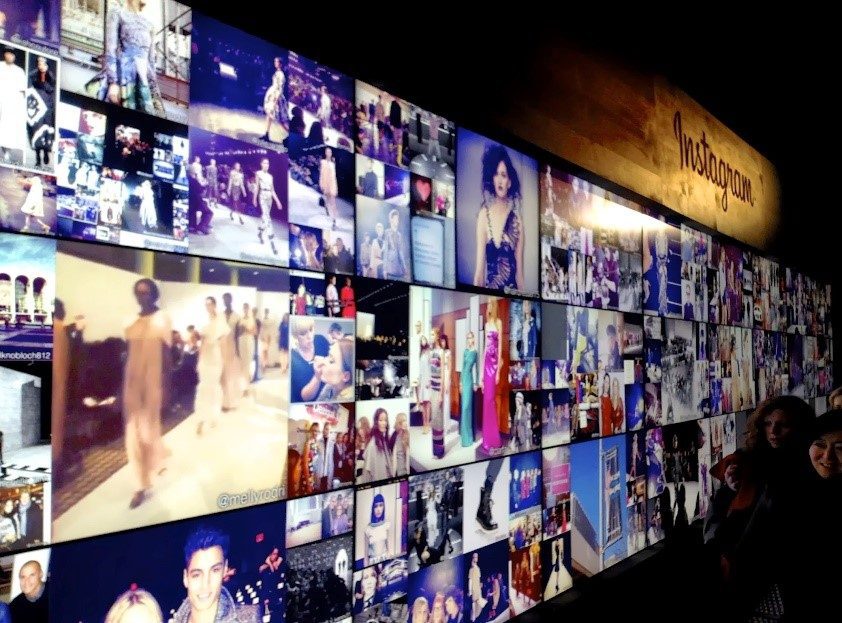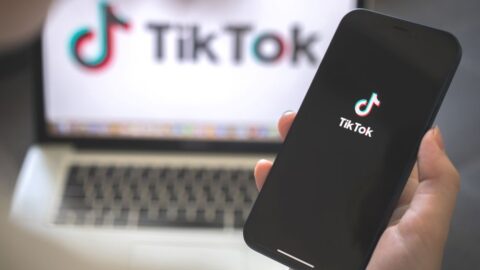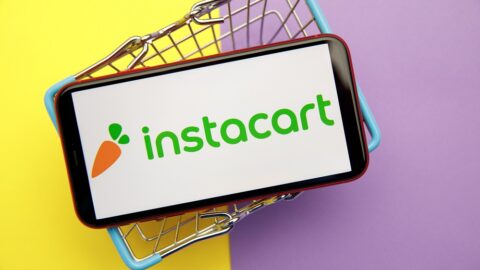The madness surrounding Fashion Month 2014 has calmed. But that doesn’t mean fashion pundits and marketing gurus have stopped chatting about the new wave of marketing sparked by this year’s festivities.
New York Fashion Week (NYFW) especially generated buzz because the event showed a more personal and intimate side, thanks to the powers of social media and mobility. More designers, fashion editors and bloggers were turning to Instagram, Twitter and Facebook to take “selfies,” photos and videos of live runway shows. As a result, everyday consumers had VIP access to what was once considered one of the most exclusive events of the year.
Social media has changed the ways consumers relate to fashion and has made the luxury space more accessible than ever, according to Apu Gupta, CEO of Curalate. NYFW is testament to the fact that “you can still build a high fashion brand and still make it approachable. We want to know more about these brands other than the carefully manicured personas they put out there. There’s a desire to really see behind the scenes and see the brands’ larger personalities. It’s almost the humanization of luxury brands.”
Using its Instagram monitoring capabilities, Curalate tracked the top nine hash tags associated with NYFW, capturing every photo shared between Feb. 6 and 13, 2014. Approximately 100,000 NYFW-related photos were posted, with more than 33,000 unique users actively sharing those images on the social network.
Top hash tags for the event included: #nyfw (38,223 photos); #mbfw (20,089 photos); #fashionweek (19,635 photos); and #newyorkfashionweek (7,562 photos).
In terms of overall brand winners, Michael Kors was the clear Instagram champion of NYFW. The brand generated nearly 38,000 likes and comments per photo.
“One of the things Michael Kors did so well that a lot of brands don’t fully understand is the brand treats social and all visual engagements as an evergreen initiative,” Gupta explained. “It’s not just about doing something for fashion week.”
Gupta added that Michael Kors excels at cultivating a community, which is something more luxury brand and retailers are striving to do.
“These fashion designers have embraced social in such a big way,” Gupta said. “You look at fashion historically, especially luxury, and it was all about exclusivity. But now what you’re finding is that exclusivity comes at the expense of approachability.”
Lights, Camera, Video
While consumers undoubtedly appreciate the behind-the-scenes and exclusive look social media and photos can offer, video is a valuable tool to make marketing campaigns and initiatives more intimate.
Rebecca Minkoff made headlines for her partnership with video app Keek during NYFW. Rather than taking professional-quality videos and posting them on social networks, the designer used Keek to show a more real side to how day-to-day operations are for a large design team.
“It’s raw, organic, grainy and not edited,” said Uri Minkoff, CEO of Rebecca Minkoff, in an interview with Mashable. “We have this transparent disclosure and can let [the customer] into our world, which is sometimes highly stylized and glossy and other times raw. I think they appreciate that.”
Large designers and labels are recognizing the importance of directly connecting with loyal customers to deepen relationships, according to Troy Fraser, COO of Keek. “Designers can reach a broader audience via social media compared to traditional print. Using social media allows designers to connect with consumers immediately and personally, to build buzz for their show and brand.”
Video specifically is valuable in building connections and generating buzz because it can “capture moments way better than text, even static images,” Fraser explained. “When you’re looking at raw video, you know that there are no embellishments and that there is no tinkering with the image in any way. This is sometimes not so obvious when looking at images alone.”
Rebecca Minkoff’s “boldness” is something that other brands and retailers can learn from, Fraser added. Taking a more “honest” and “real” approach is something that consumers have come to appreciate and enjoy.
“Rebecca provided an unedited ‘behind the scenes’ view in her videos, which people loved,” Fraser said. “They want to see the preparations,the models, and the last-minute changes that go into making NYFW suchan amazing event. Rebecca provided this unique view into her NYFW experience, which helped make her collaboration with us so successful.”
Because all events surrounding fashion week generate so much buzz and are top-of-mind for many fashion enthusiasts, “social media is an organic and simple way for designers to get immediate feedback from these consumers as opposed to traditional print, which is more one-sided,” Fraser said. “Moving forward, this is a trend we will definitely see more frequently. Fashion, more often than most industries, predicts and creates trends. As such, fashion labels need to be current with the latest marketing techniques — and that means a heavy social media presence.”
Video specifically will become more valuable to brands and retailers as e-Commerce spending continues to rise.
“As e-Commerce becomes the principal way that consumers purchase goods, it will become necessary forconsumers to “experience” the goods online before they buy it,” Fraser explained, “and video provides that experience.”













